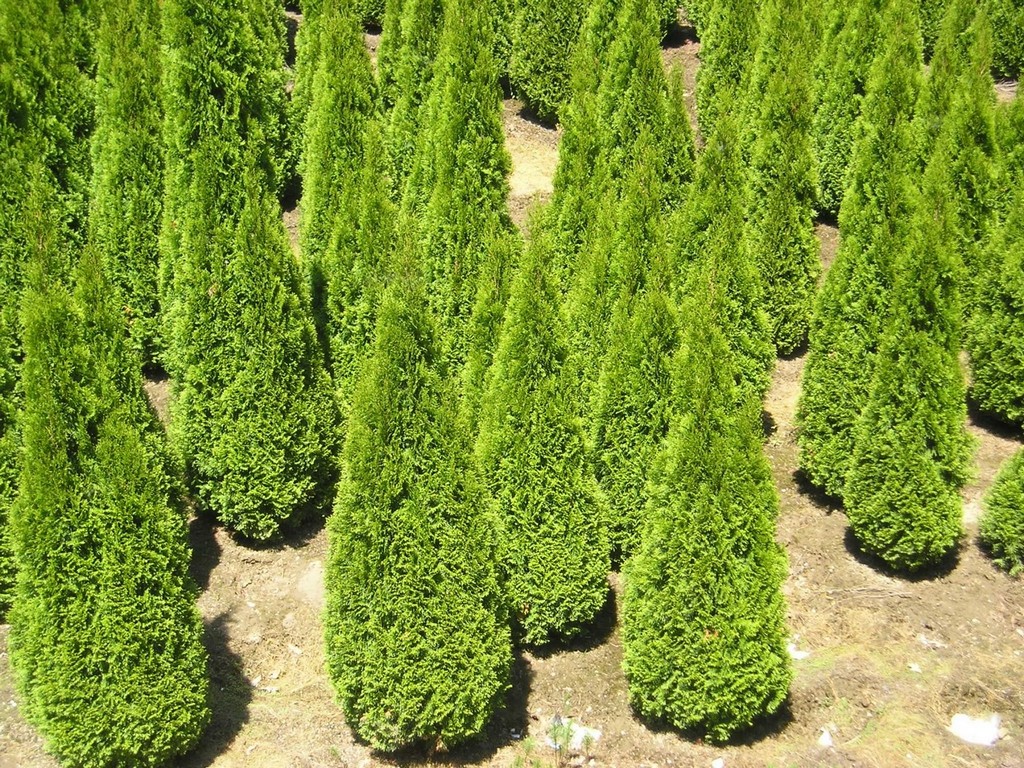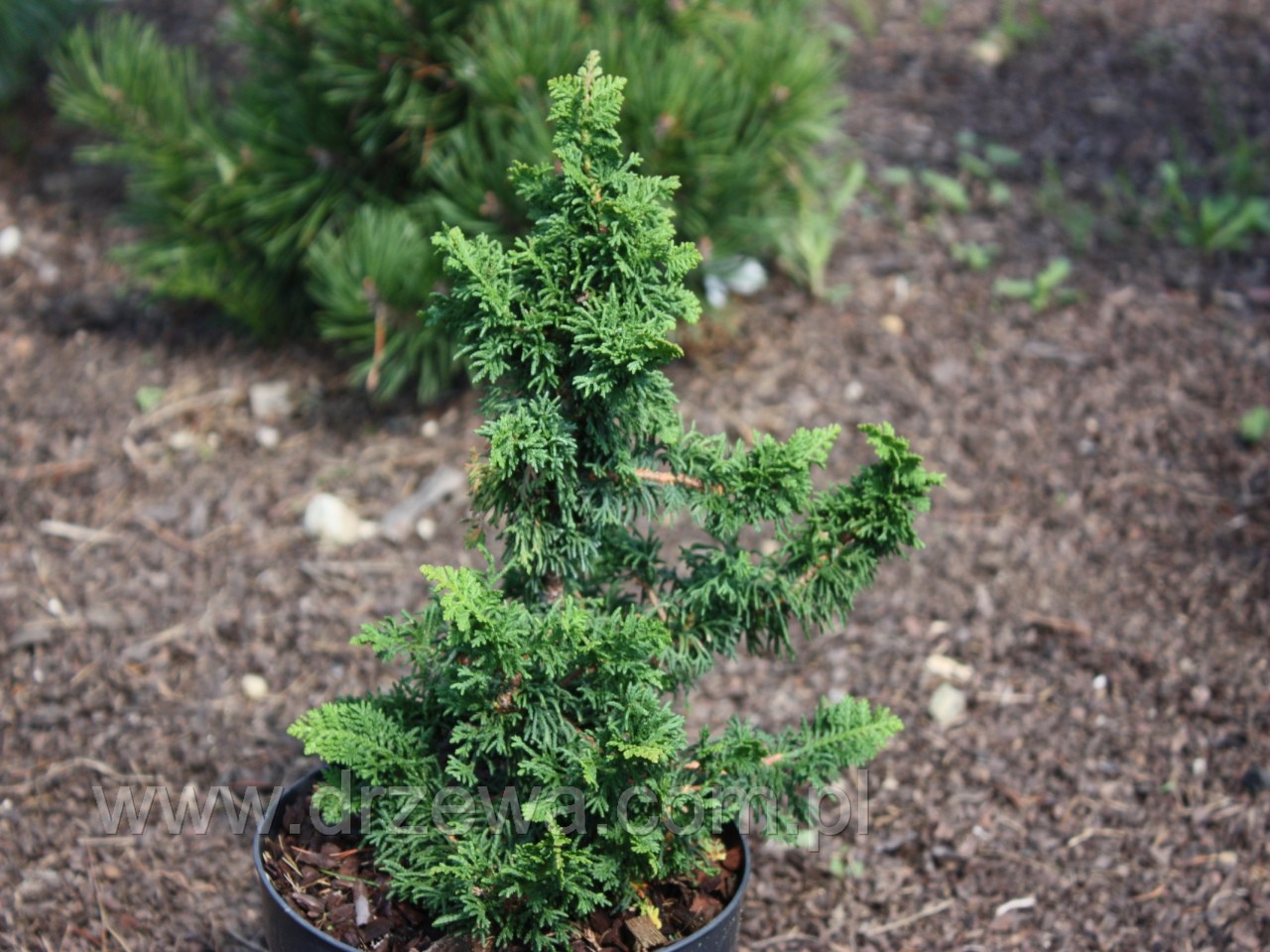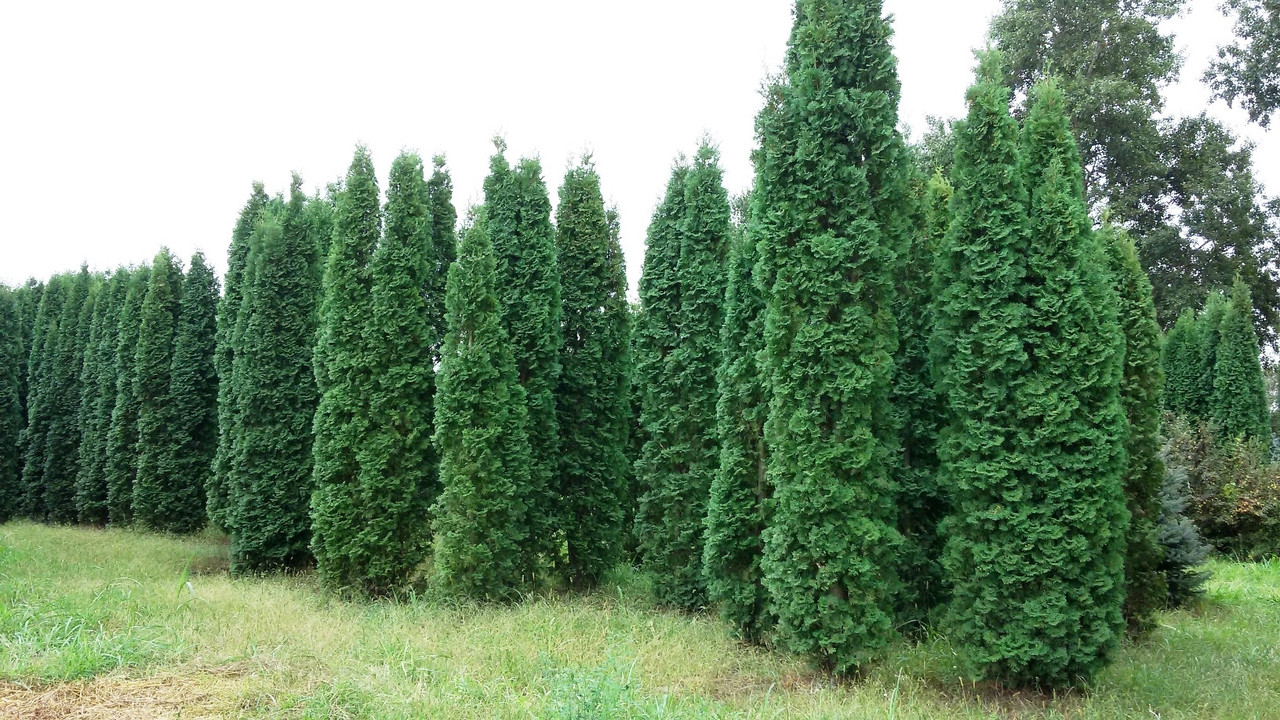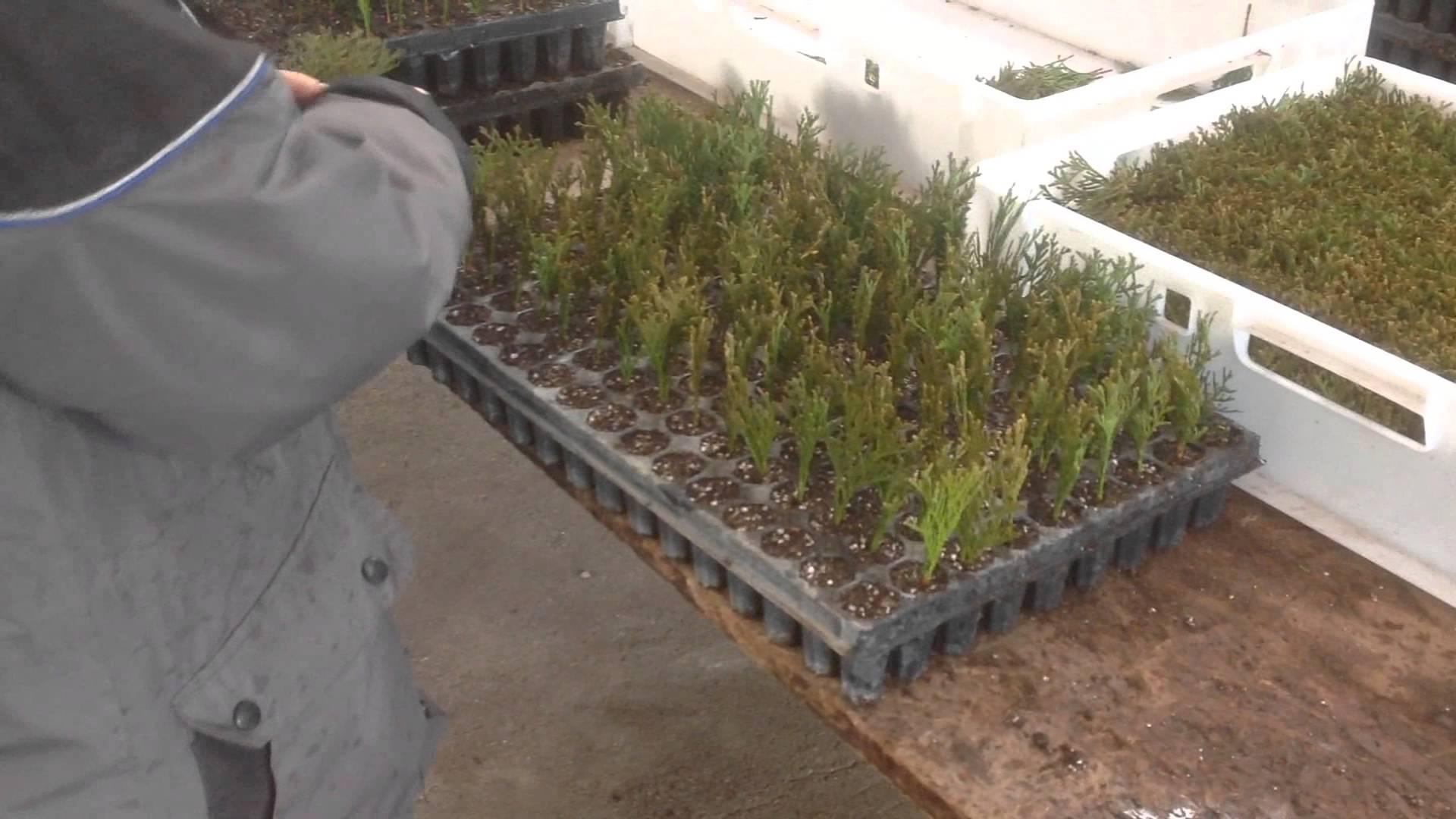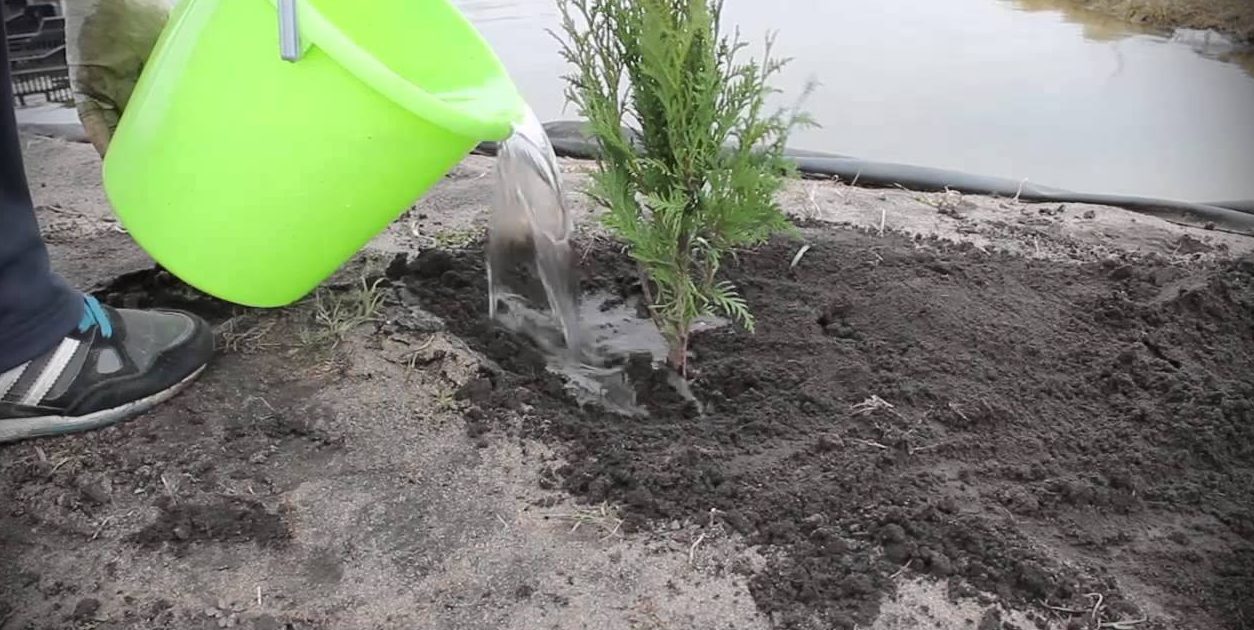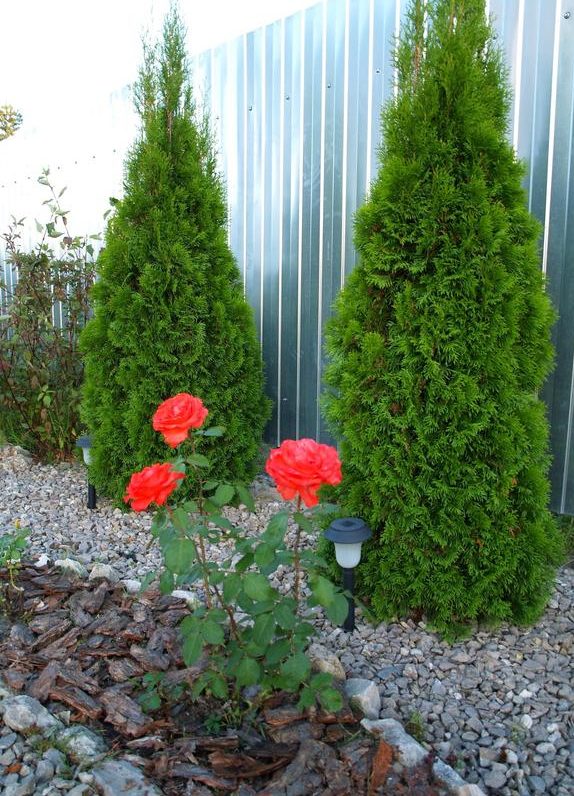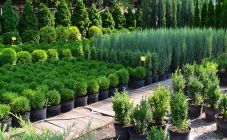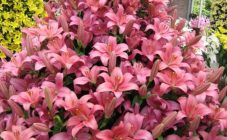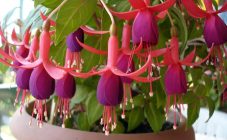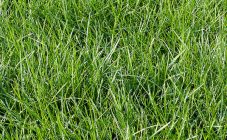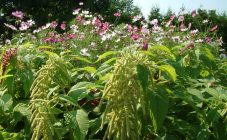Content:
Thuja pyramidal, or thuja cone-shaped, is a representative of the western thuja, distinguished by a huge number of unique varieties. Representatives of this plant differ significantly from each other: low (30 cm), high (more than 10 m), yellow or green. The crown is formed into one or more trunks.
Thuja western also has a columnar variety, characterized by a special shape, narrow and straight crown. Varieties of columnar thuja: dwarf thuja columnar, yellow thuja columnar.
The plant is widespread in almost all regions of Russia, the winter hardiness of the varieties makes it possible to successfully cultivate thuja even in the harsh Siberian climatic conditions.
Plant characteristic
Depending on the variety, perennials can differ significantly from each other.
Thuja pyramidal description:
- ¾ a plant capable of reaching from 30 cm to 30 m in height;
- ¾ shoots grow almost from the ground itself, densely, have a smooth bark;
- ¾ needles are small, scaly, flattened;
- ¾ color varies from light green to dark green, golden colors are possible;
- ¾ flowering begins from 6-8 years old, very popular in landscaping.
Thuja is an evergreen plant, and the needles, even changing their color (to brown, or red-yellow), do not fall off, the modified foliage lives for about three years, then dies off, and the branch becomes bare.
During flowering, oval or oblong ovoid cones with several pairs of scales are formed on the branches. By autumn, seeds ripen there, no more than 3 for each inflorescence.
Kinds
Consider the popular pyramidal varieties of thuja.
Thuja Pyramidalis compact
Tui Pyramidalis - dwarf varieties bred by an artificial method, which are a small shrub or compact tree (in exceptional cases, the plant reaches 10 meters). The pyramidal crown with gradual growth becomes denser, becomes thicker and even is able to change its shape to an ovoid one. The needles have a rich green color, dense, young seedlings have a bluish tint. Thuja Compact is frost-resistant, suffers from sunburn in the spring, requires shelter. Prefers light (peaty, dry, clayey) soils, the acidity level is no more than 4.5-6 pH.
Thuja western Smaragd
The tree, reaching 4-4.5 m in height (width - up to 200 cm), is very dense in structure, with dark green needles, rich juicy color, the color does not change in winter. Does not differ in rapid growth (no more than 10 cm in height and no more than 5 cm in width per year), it responds favorably to fertile soils and regular watering. The slow growth rate allows you to cut a hair much less often than other varieties. It is distinguished by its high winter hardiness, resistance to unstable climatic conditions, poorly tolerates drought. The soil needs to be moist, but without stagnant water.
Thuja western Sagrada
A dwarf tree, reaching a maximum of 80 centimeters in size. It has a bizarre, wide-pyramidal shape with several peaks, the twigs seem to be turned clockwise.The needles are thin, dense, olive green in color. Thuja grows slowly, prefers to grow on slightly acidic, moist, well-drained fertile loams. Loves light, light partial shade. It is characterized by high frost resistance.
Thuja western Brabant
A tree reaching 4-5 meters in height, a crown with a diameter of up to one and a half meters of conical-pyramidal shape. He has green needles that take on a brown color for the winter. Thuja Brabant is fast-growing and frost-resistant; per year the growth is at least 30-35 cm in height and up to 15 cm in width. Not picky about growing conditions, tolerates pruning well. Grows well in sunny and slightly shaded areas.
Through winds will not cause significant harm to it, but nevertheless, it is desirable to protect the tree from them. The plant does not tolerate prolonged thaws with temperature drops. Flowering begins in April, after which small ovoid bumps form. It prefers to grow on fertile, moist soil, dry and poor soil leads to the appearance of faded needles and rare sparse branches. The tree is used to create a green hedge, in a group planting.
Reproduction
Reproduction of thuja is possible in two ways: by seeds and by a vegetative method, using cuttings.
Seeds
The method of propagation by seeds is the most laborious, long (2-6 years) and does not guarantee that the plant will inherit its parental characteristics.
The seeds ripen in cones. The collected cones are placed in a warm place, they open after a few days and give seeds. They are soaked in water or wet sand for 10 hours and laid out on the ground (in autumn), covered with needles. Falling snow will accelerate the germination time. In spring, it is advisable to bury the seeds in the soil and sprinkle with sawdust, thus protecting from the sun's rays. A full-fledged seedling grows only for 5 years.
Cuttings
Cuttings are harvested in June, lignified or semi-lignified two-year-old shoots (20-50 cm) are used for reproduction. After cutting, a piece of an adult tree is left on the process. Cuttings are treated with heteroacustin and placed in greenhouse conditions. The soil is prepared from peat, river sand and sod land in equal proportions. The cutting is deepened by 2 cm, periodically sprayed. Young seedlings require a lot of light and high humidity (70%). Frequent watering and regular fertilization will help the young plant grow well. For the first winter, the plant must be covered with warm spruce branches.
Landing
It is preferable to plant pyramidal thuja in the spring; it is advisable to grow on well-drained, with slightly acidic or neutral soils. With an incorrectly selected soil, the appearance of the thuja will be nondescript.
The plot is suitable sunny, with moderate shade, protected from through winds. A plant grown in shady places has a sparse crown, and in the open sun it dehydrates.
The parameters of the planting pit are matched to the root system of the plant, the root collar is located at ground level.
The acidity of the soil should not exceed the level of 5.3-7 hH.
Thuja care involves:
- periodic watering;
- application of mineral and organic fertilizers in the spring;
- plant pruning (dry, damaged shoots);
- loosening the soil in the trunk circle.
To prevent a lack of nutrients, the soil is fertilized with special complex additives for conifers. Top dressing is applied from May to September, from October to February, thuja enters a state of dormancy.
Pruning is carried out as needed, if desired, you can give the plant any architectural shape, since thuja easily tolerates this procedure.
Diseases and pests
Thuja growing at home is practically not susceptible to diseases and pests. The exception is fungal diseases, but the probability of their occurrence is minimal. Street trees are attacked by aphids, scale insects and spider mites, and special means are used to combat them.
Advantages and disadvantages of the variety
Like any plant, the pyramidal thuja has positive and negative sides.
Benefits:
- undemanding care;
- widespread use in design, due to external characteristics;
- high resistance to negative external factors (frost, poor ecology, cold winds).
Disadvantages:
- imperceptibly, over time, the branches become sparse;
- the saturated color of the needles loses its qualities, turns yellow, and in varieties with golden leaves, on the contrary, it becomes green;
- the pyramidal shape of the crown becomes less pronounced, disorganized.
Thuja pyramidal is an excellent element of landscape design, in which it has become widespread, due to its high resistance to negative environmental factors (wind, direct sunlight, frost, poor polluted ecology). Proper care will give you the opportunity to admire the bright, fragrant ephedra for many years.
